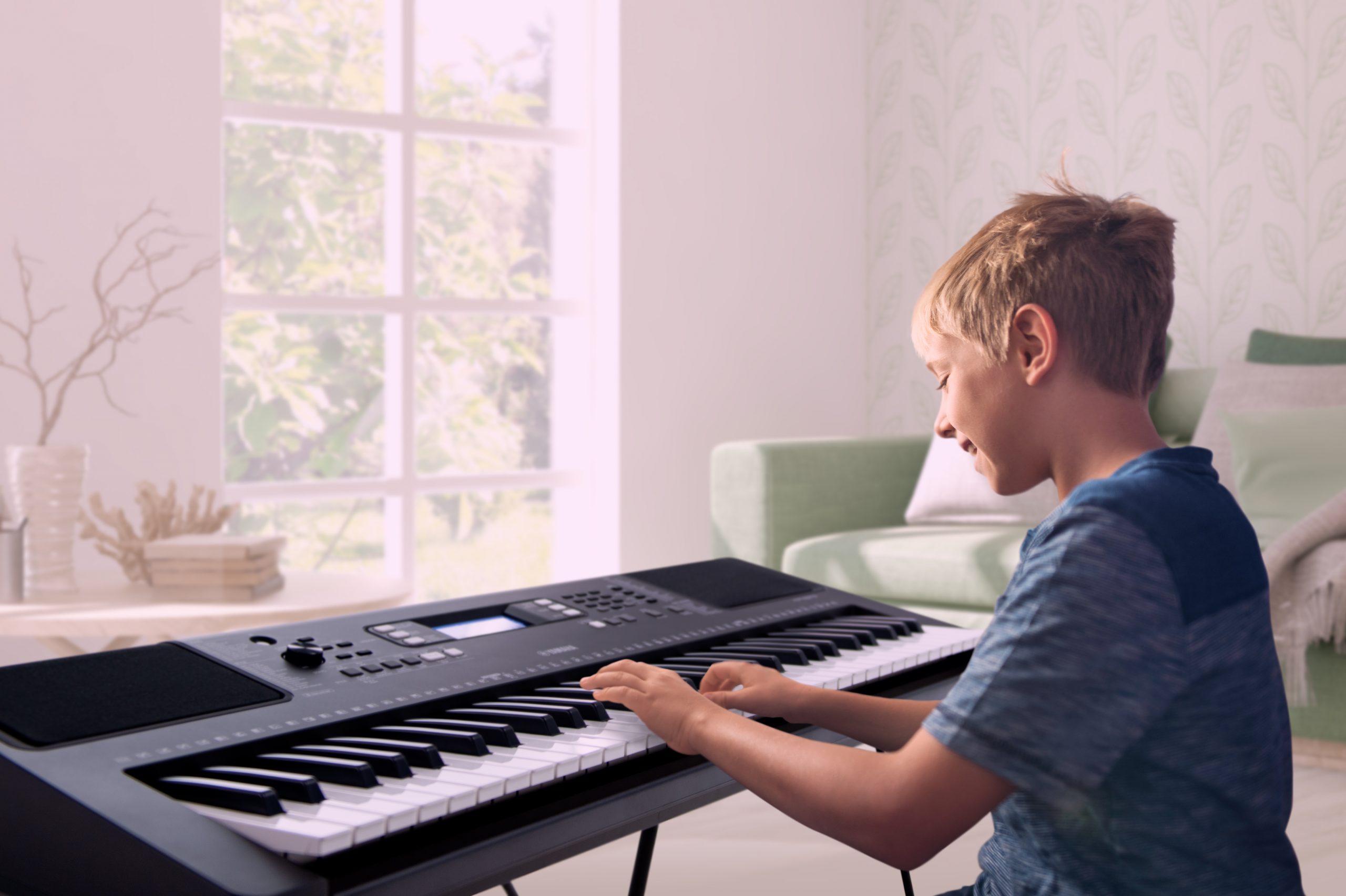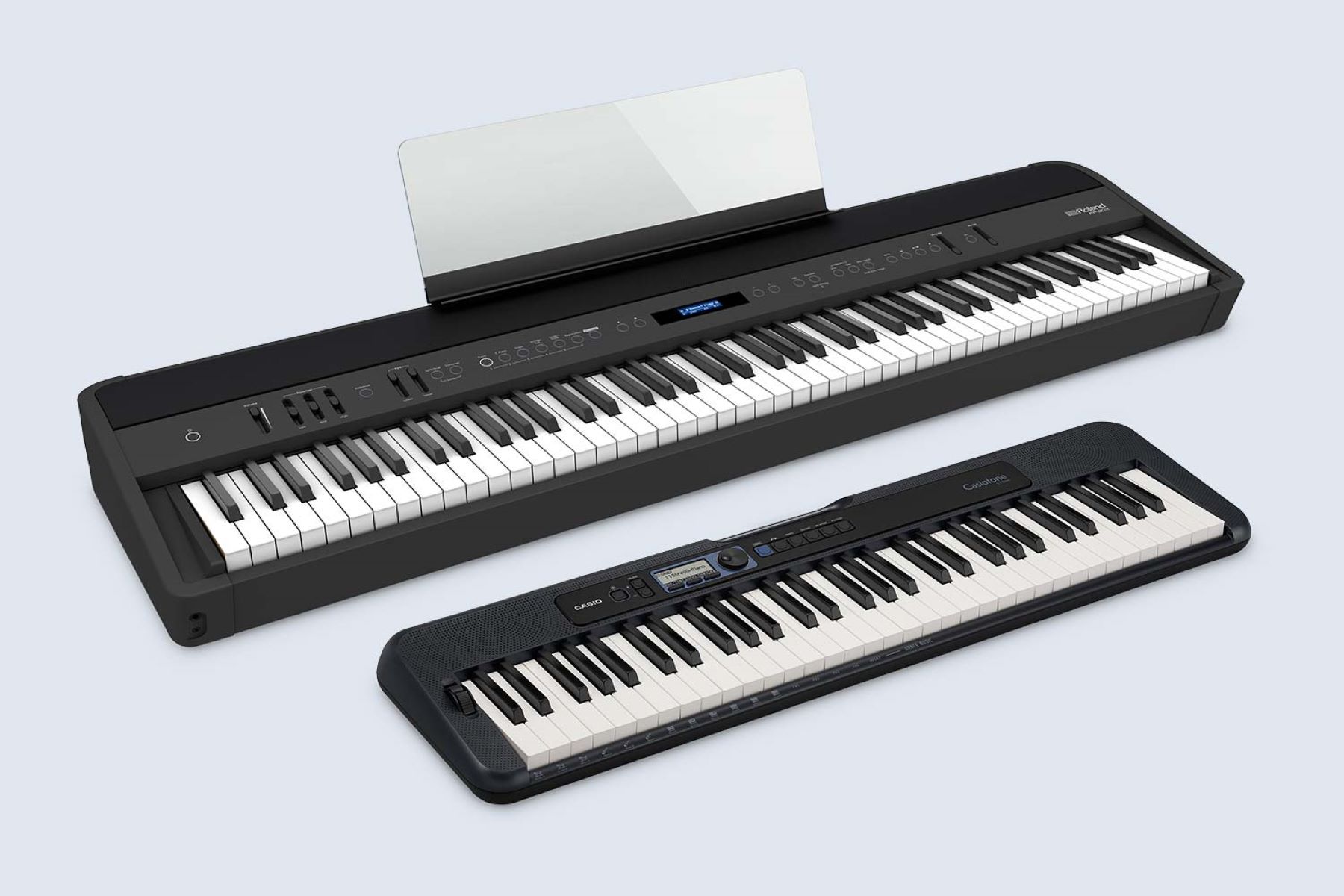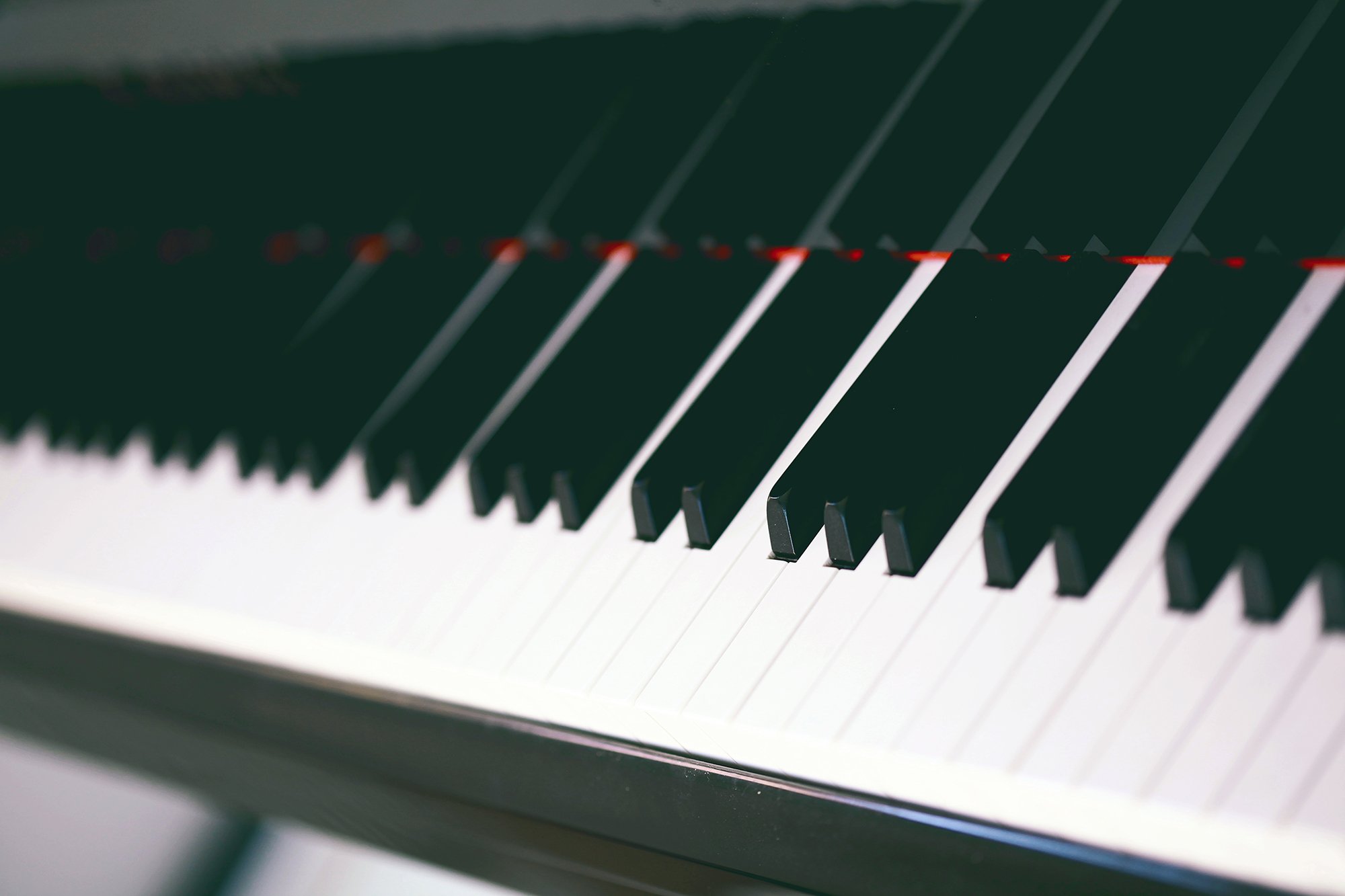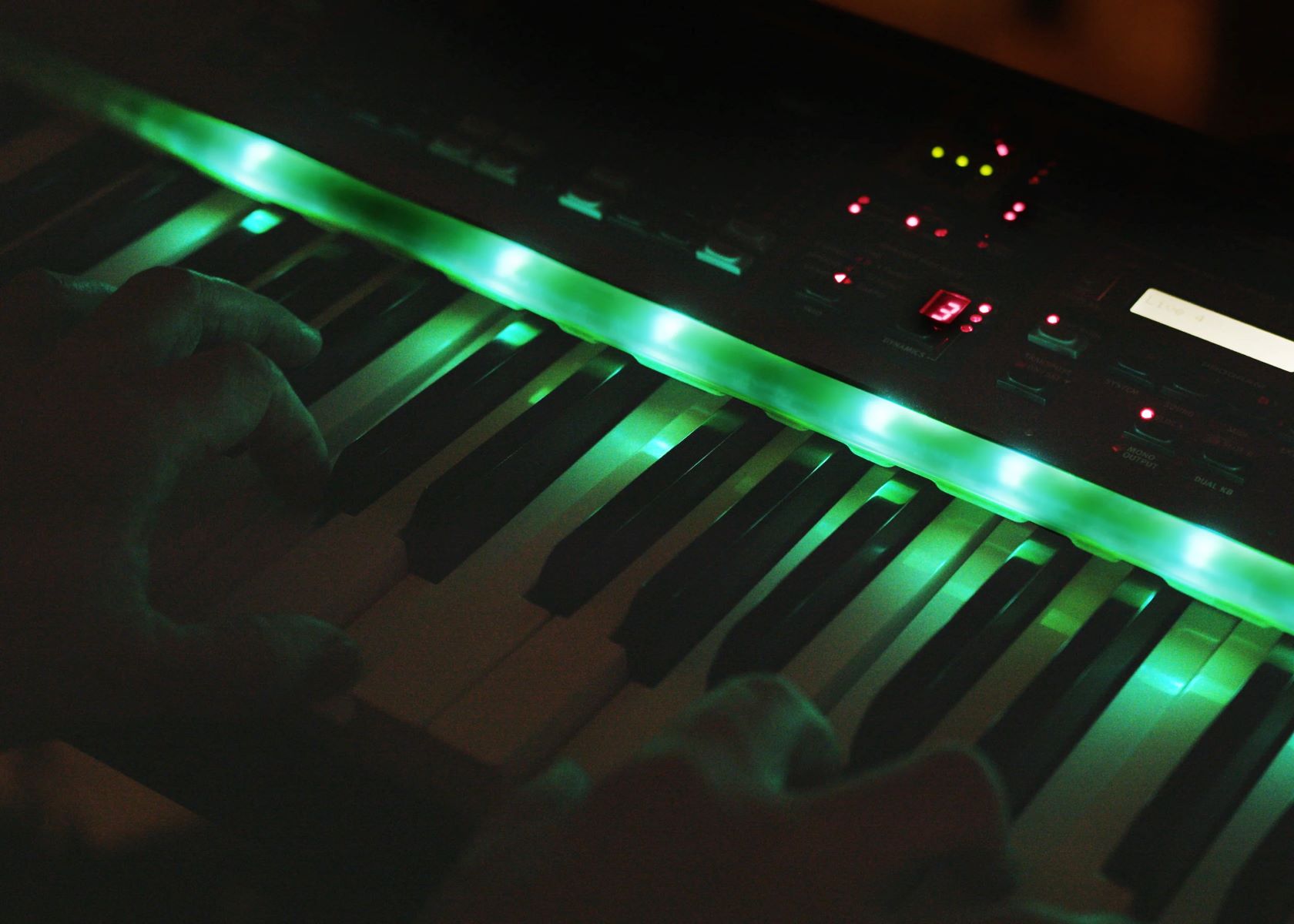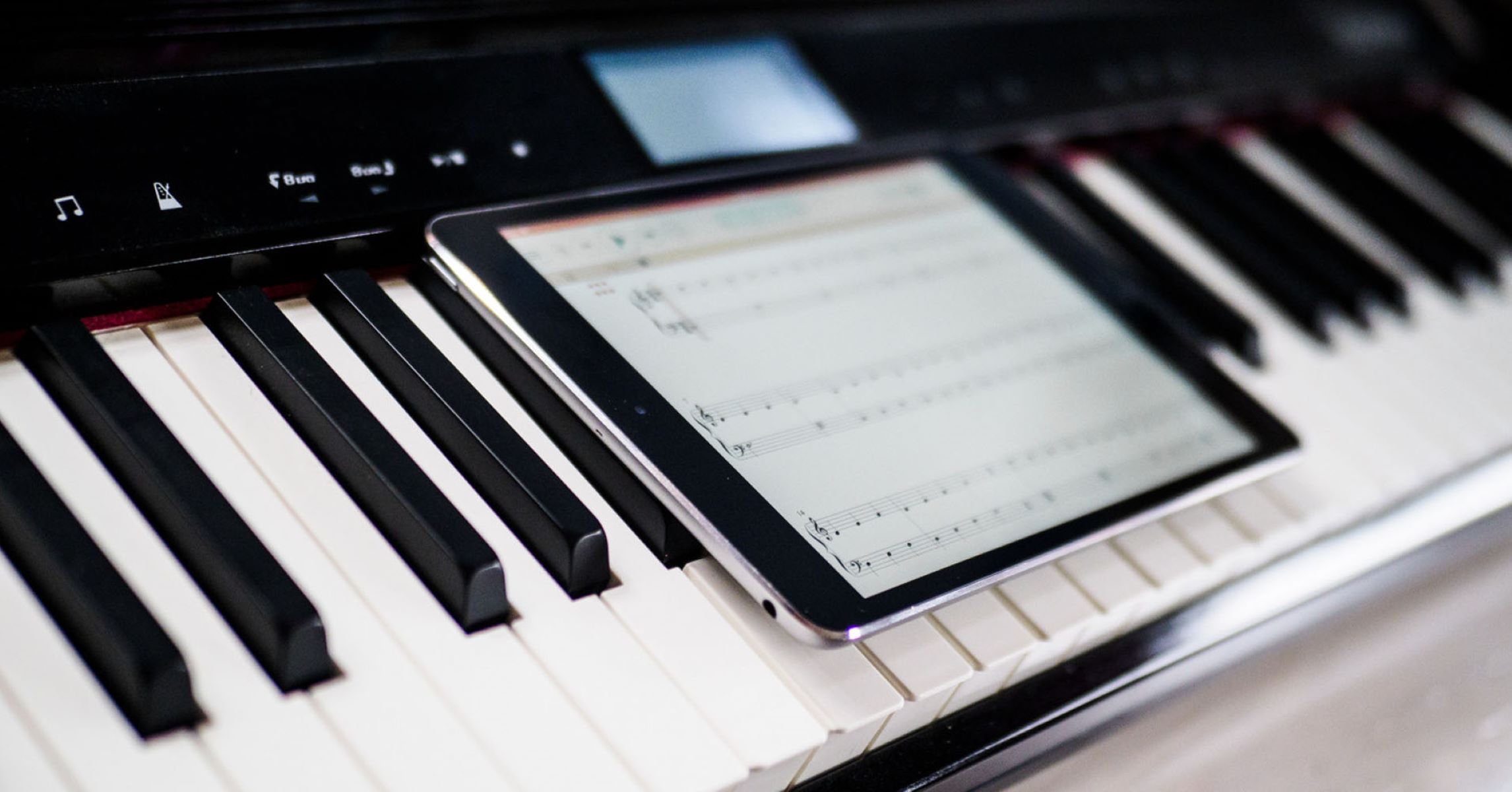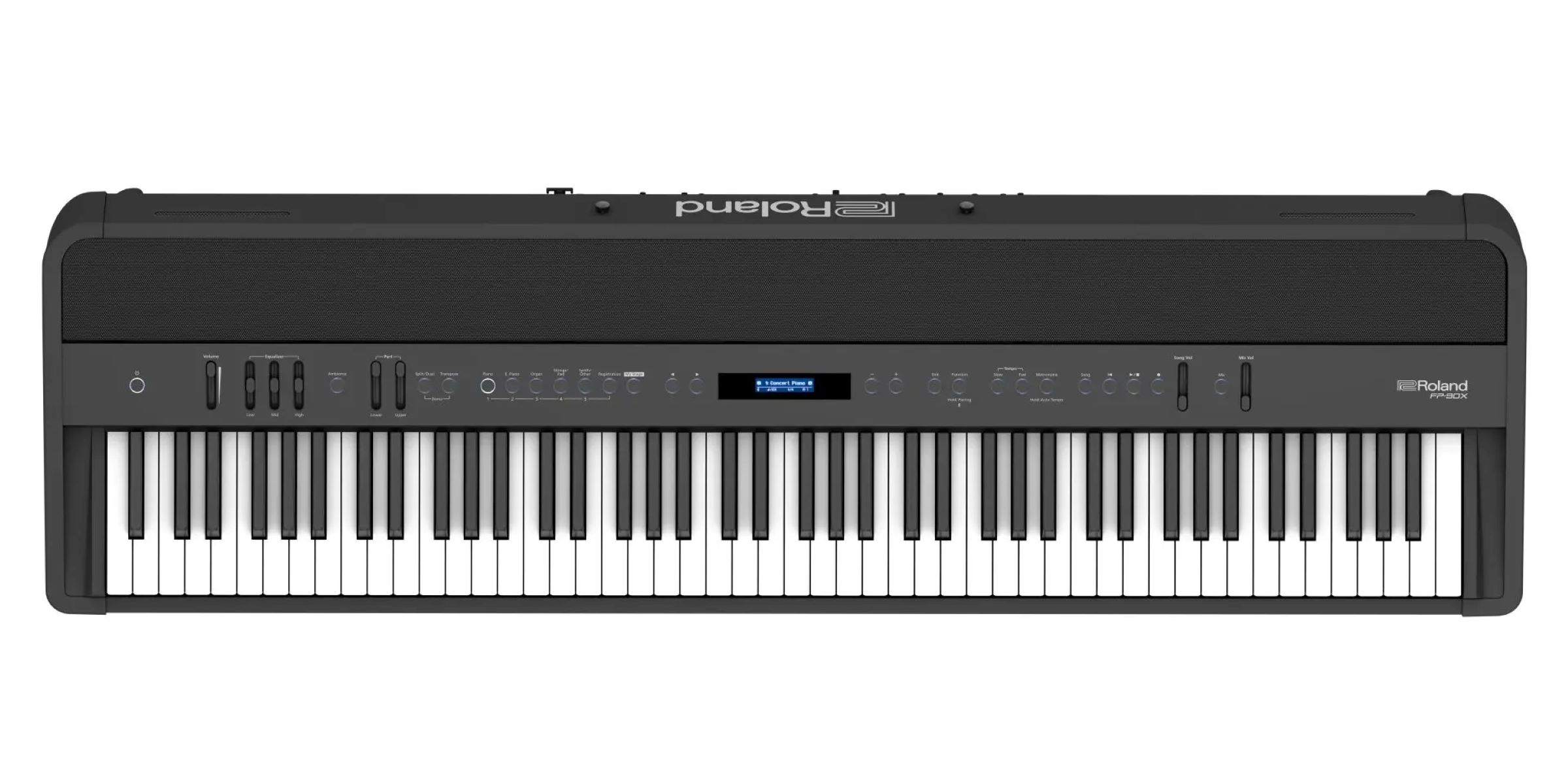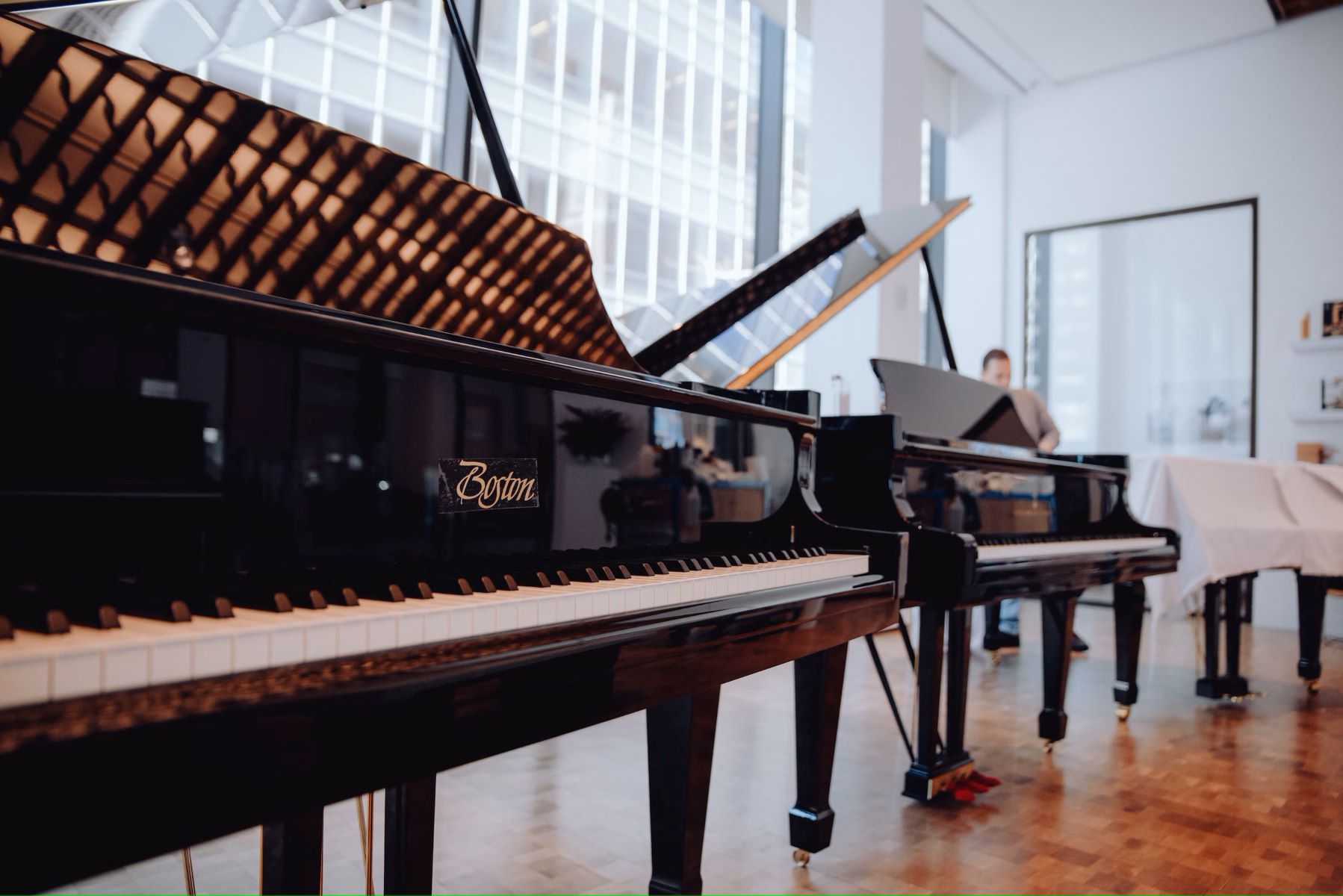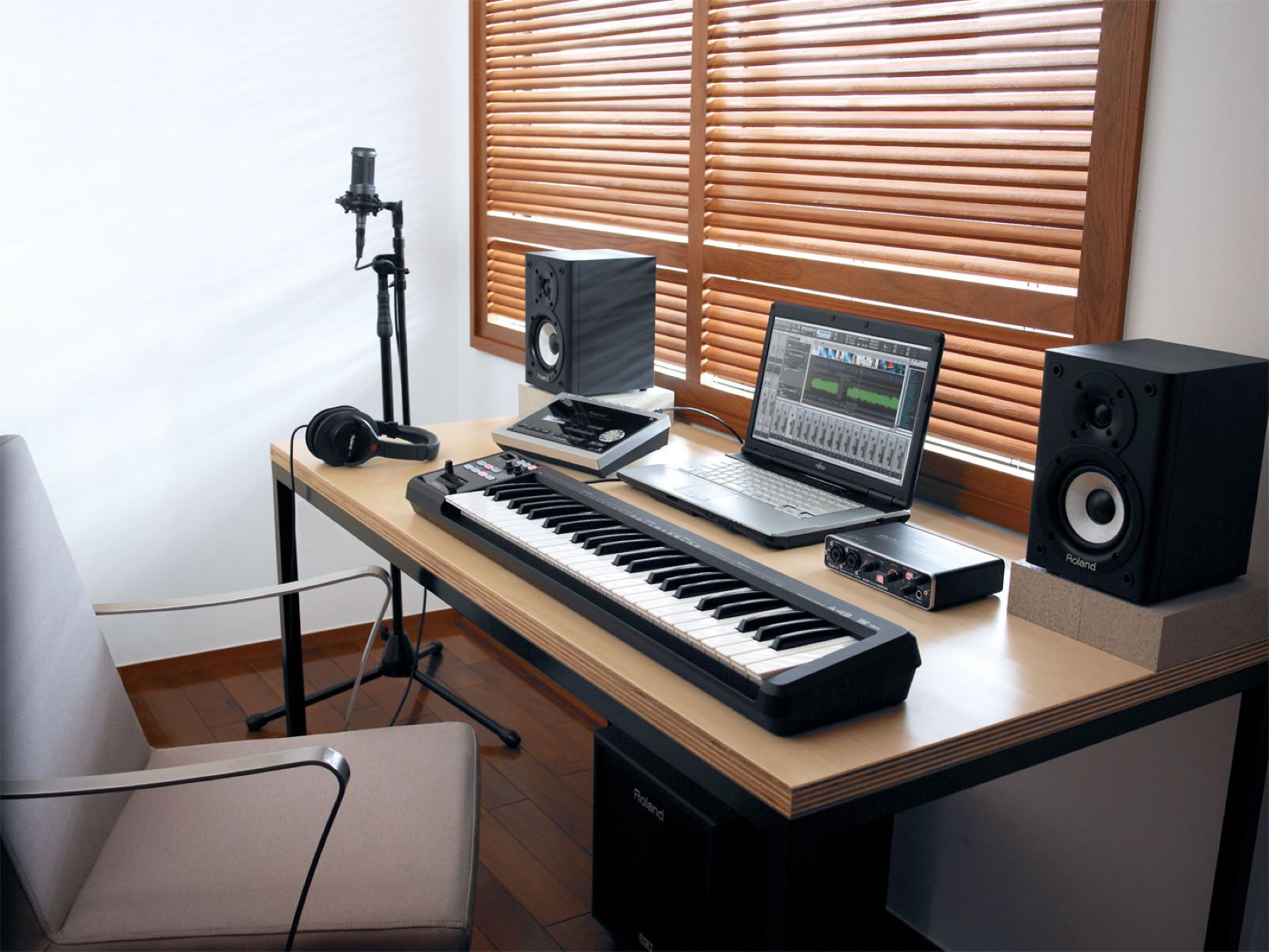Introduction
Introduction
Welcome to the world of digital pianos! Whether you’re a beginner or an experienced pianist, the digital piano offers a versatile and convenient way to create beautiful music. With advanced features, realistic sound, and a compact design, digital pianos have become increasingly popular among musicians and enthusiasts.
In this guide, we will explore the essential aspects of playing a digital piano, from selecting the right instrument to mastering basic techniques. Whether you’re looking to start your musical journey or transition from an acoustic piano to a digital one, this comprehensive resource will provide you with the knowledge and skills you need to make the most of your digital piano experience.
Playing a digital piano opens up a world of possibilities, allowing you to explore various sounds, experiment with different styles, and unleash your creativity. With the convenience of headphone jacks, recording capabilities, and connectivity options, you can enjoy playing anytime without disturbing others or easily share your music with the world.
As we delve into the intricacies of playing a digital piano, you’ll discover the importance of selecting the right instrument, setting it up for optimal performance, understanding the keyboard layout, and honing your playing techniques. Additionally, we’ll explore the built-in features that enhance your playing experience and provide guidance on leveraging online resources to elevate your skills.
Whether you aspire to play classical masterpieces, popular tunes, or create your compositions, the digital piano offers a dynamic platform to express yourself musically. By the end of this guide, you’ll be equipped with the knowledge and confidence to embark on a fulfilling musical journey with your digital piano.
So, let’s embark on this musical adventure and unlock the full potential of your digital piano!
Choosing the Right Digital Piano
Choosing the Right Digital Piano
When venturing into the world of digital pianos, selecting the right instrument is a crucial first step. With a wide array of options available, it’s essential to consider several factors to ensure that the digital piano aligns with your musical aspirations and preferences.
1. Consider Your Skill Level: Whether you’re a beginner, intermediate player, or seasoned professional, choosing a digital piano that complements your skill level is paramount. Entry-level models with essential features may be suitable for beginners, while intermediate and advanced players may seek instruments with advanced sound technology, weighted keys, and nuanced touch response.
2. Evaluate Sound Quality: The sound quality of a digital piano is a defining factor in replicating the rich, resonant tones of an acoustic piano. Look for instruments with high-quality sampling technology that captures the nuances of acoustic pianos, including sustain, resonance, and dynamic expression. Additionally, assess the variety of instrument sounds and effects offered to expand your musical versatility.
3. Weighted Keys and Touch Sensitivity: For an authentic playing experience, weighted keys and touch sensitivity are essential features to emulate the feel of an acoustic piano. Weighted keys provide resistance and response akin to traditional piano keys, while touch sensitivity allows for dynamic control over volume and expression based on the force of your keystrokes.
4. Portability and Space: Consider the portability and space constraints when choosing a digital piano. If you require a portable instrument for gigs, rehearsals, or frequent repositioning, a compact and lightweight model with a sturdy build may be ideal. For home use, larger console-style digital pianos with integrated stands and three-pedal units offer a traditional piano aesthetic.
5. Connectivity and Additional Features: Explore the connectivity options and additional features offered by digital pianos. USB and MIDI connectivity enable seamless integration with computers, music software, and external devices, enhancing your creative possibilities. Built-in recording capabilities, metronomes, and accompaniment features contribute to a comprehensive playing experience.
By carefully considering these factors, you can narrow down the options and select a digital piano that resonates with your musical goals and preferences. Whether you prioritize authentic piano feel, diverse sound options, or portability, the right digital piano will serve as your musical companion, inspiring and enabling your artistic pursuits.
Setting Up Your Digital Piano
Once you’ve chosen the perfect digital piano, the next step is to set it up for optimal performance and enjoyment. Proper setup ensures that you can fully immerse yourself in the musical experience while maintaining the instrument’s functionality and longevity.
1. Location and Placement: Select a suitable location for your digital piano, considering factors such as room temperature, humidity levels, and proximity to natural light. Position the instrument away from direct sunlight, heating vents, and areas prone to moisture to prevent potential damage. Additionally, ensure that the piano is placed on a stable surface, such as a dedicated stand or a sturdy, level floor.
2. Power and Connectivity: Connect the power adapter to a reliable power source and ensure that the voltage requirements match the electrical supply. For instruments with additional connectivity options, such as USB or MIDI ports, familiarize yourself with the corresponding cables and their appropriate connections to external devices, amplifiers, or recording equipment.
3. Assembly and Accessories: If your digital piano requires assembly, carefully follow the manufacturer’s instructions to set up the stand, attach the pedal unit, or secure any additional components. Familiarize yourself with the included accessories, such as the sustain pedal, music rest, and headphone adapter, and integrate them into your playing setup as needed.
4. Keyboard and Stand Adjustments: Adjust the height and position of the keyboard and stand to ensure ergonomic and comfortable playing posture. Proper alignment of the keyboard with your seated position, along with an appropriate bench or chair, promotes good playing technique and reduces the risk of discomfort or strain during extended practice sessions.
5. Calibration and System Settings: Familiarize yourself with the digital piano’s system settings, including sound preferences, touch sensitivity adjustments, and reverb settings. Calibrate the instrument according to your playing style and sonic preferences, and explore the available customization options to tailor the sound and response to your liking.
By following these steps, you can set up your digital piano with confidence, ensuring that it integrates seamlessly into your musical space and provides a comfortable and inspiring environment for playing and creating music. Proper setup not only enhances your playing experience but also contributes to the longevity and performance of your digital piano, allowing you to fully explore its musical potential.
Understanding the Keyboard
Mastering the layout and functionality of the keyboard is fundamental to unlocking the expressive potential of your digital piano. Whether you’re transitioning from an acoustic piano or exploring the instrument for the first time, understanding the keyboard’s structure, keys, and additional controls is essential for honing your playing skills.
1. Key Layout and Range: The standard digital piano keyboard comprises 88 keys, mirroring the range of a traditional acoustic piano. Familiarize yourself with the division of keys into octaves, including the grouping of white and black keys, to grasp the instrument’s full range and understand how notes are organized across the keyboard.
2. Key Action and Response: Digital pianos feature various key actions, such as weighted, semi-weighted, or hammer action, each simulating the feel and response of acoustic piano keys. Experiment with the key action of your instrument to understand the resistance, touch sensitivity, and responsiveness, which directly impact your playing dynamics and expression.
3. Additional Controls and Functions: Explore the additional controls and functions present on the keyboard or control panel, including volume knobs, mode selection buttons, and sound modulation wheels. These features enable you to adjust instrument settings, switch between sounds, and manipulate parameters to customize your playing experience.
4. Sound Selection and Layering: Digital pianos offer a diverse range of instrument sounds beyond the piano, including strings, organs, and synthesizer tones. Familiarize yourself with the process of selecting and layering different sounds to create rich, layered textures and explore the instrument’s sonic versatility.
5. Pedal Functions: Understand the functionality of the sustain pedal, often included with digital pianos to emulate the sustain and resonance of acoustic pianos. Experiment with pedal techniques to sustain notes, create expressive phrasing, and enhance the musicality of your performances.
6. Display and Visual Feedback: If your digital piano features a display screen or visual indicators, acquaint yourself with the feedback provided, including settings, sound selection, and performance data. Utilize the display to navigate instrument settings, access built-in tutorials, and monitor your playing parameters.
By gaining a comprehensive understanding of the keyboard layout, key actions, additional controls, and performance features, you’ll be equipped to harness the full potential of your digital piano. Whether you’re seeking to replicate the nuances of an acoustic piano or explore innovative soundscapes, familiarity with the keyboard and its functionalities will empower you to express yourself musically with confidence and creativity.
Basic Techniques for Playing
Developing fundamental playing techniques is essential for mastering the art of playing the digital piano. Whether you’re a novice embarking on your musical journey or an experienced pianist transitioning to a digital instrument, honing these foundational skills will form the cornerstone of your musical proficiency and expression.
1. Hand Position and Posture: Establishing proper hand position and posture is vital for playing with comfort, control, and dexterity. Maintain relaxed and curved fingers, a straight wrist, and an aligned posture to facilitate fluid movement across the keyboard and minimize tension or strain.
2. Finger Independence and Strength: Develop finger independence and strength through exercises and practice routines designed to enhance individual finger control. Gradually build dexterity and agility in each finger, enabling precise and coordinated movement for playing melodies, chords, and intricate passages.
3. Dynamic Control and Expression: Explore the nuances of touch sensitivity and dynamic control offered by the digital piano. Experiment with varying degrees of key pressure to produce different volume levels and expressively shape the musical phrases, imbuing your performances with emotive depth and musicality.
4. Scales and Arpeggios: Practice scales and arpeggios across different keys to familiarize yourself with essential patterns and fingerings. Mastery of scales and arpeggios enhances your understanding of music theory, facilitates improvisation, and fortifies your technical prowess on the keyboard.
5. Chord Voicings and Progressions: Delve into chord voicings and progressions to expand your harmonic vocabulary and accompaniment skills. Learn common chord shapes and inversions, explore harmonic sequences, and experiment with varying chord progressions to accompany melodies and create harmonic richness in your playing.
6. Rhythmic Precision and Timing: Cultivate rhythmic precision and impeccable timing by practicing with a metronome and internalizing different rhythmic patterns. Develop a strong sense of pulse and rhythmic accuracy to execute musical passages with clarity, coherence, and expressive rhythmic nuances.
By dedicating focused practice time to these fundamental techniques, you’ll lay a solid groundwork for your musical development and playing proficiency on the digital piano. Embrace these foundational skills as a springboard for further exploration and musical expression, allowing your playing to flourish with technical prowess, artistic sensitivity, and creative versatility.
Using the Built-in Features
Modern digital pianos are equipped with a myriad of built-in features that enhance the playing experience, expand creative possibilities, and provide valuable learning resources. Familiarizing yourself with these integrated functions and capabilities empowers you to explore new sounds, refine your skills, and customize the instrument to suit your musical preferences.
1. Sound Customization: Digital pianos offer extensive sound customization options, allowing you to adjust parameters such as reverb, resonance, and EQ settings to tailor the instrument’s sonic characteristics to your liking. Experiment with these settings to create personalized tonal profiles and ambiance, enriching your playing with unique sonic textures.
2. Accompaniment and Rhythm Patterns: Many digital pianos feature built-in accompaniment styles and rhythm patterns, enabling you to play along with diverse musical genres and rhythmic arrangements. Explore different accompaniment styles, such as jazz, pop, or Latin, to enrich your playing with dynamic backing tracks and rhythmic diversity.
3. Recording and Playback Functions: Utilize the onboard recording and playback functions to capture your performances, ideas, and musical sketches. Recording capabilities allow you to review and analyze your playing, track your progress, and experiment with multitrack layering to create intricate musical arrangements.
4. Educational Tools and Tutorials: Digital pianos often incorporate educational tools, including interactive tutorials, lessons, and exercises designed to support learning and skill development. Take advantage of these resources to reinforce music theory, technique, and repertoire, accelerating your learning process and fostering a deeper understanding of musical concepts.
5. Metronome and Performance Aids: The inclusion of a metronome and performance aids, such as built-in song libraries and practice pieces, facilitates disciplined practice and skill refinement. Utilize the metronome to hone your sense of rhythm and timing, and explore the preloaded music selections to expand your repertoire and explore diverse musical genres.
6. Connectivity and Integration: Digital pianos offer connectivity options, including USB, MIDI, and audio outputs, enabling seamless integration with external devices, computers, and music production software. Leverage these connectivity features to expand your creative workflow, record music directly to a computer, or connect to external sound systems for live performances.
By embracing and leveraging the built-in features of your digital piano, you can elevate your playing experience, expand your musical horizons, and unlock a wealth of creative potential. Whether you’re seeking inspiration, educational support, or innovative sonic possibilities, the integrated features of the digital piano serve as invaluable tools for musical exploration and artistic expression.
Practicing with Online Resources
Embracing online resources can significantly enrich your practice sessions and contribute to your overall musical development. The digital landscape offers a wealth of educational platforms, interactive tools, and collaborative communities tailored to support and inspire pianists on their musical journey.
1. Interactive Tutorials and Virtual Lessons: Online platforms provide access to interactive tutorials and virtual lessons, offering comprehensive instruction in music theory, technique, and repertoire. Engage with structured lesson plans, video tutorials, and interactive exercises to reinforce your foundational skills and explore new musical concepts.
2. Digital Sheet Music and Repertoire Archives: Access vast libraries of digital sheet music and repertoire archives, allowing you to explore diverse musical genres, discover new pieces, and expand your performance repertoire. Digital sheet music platforms offer convenient access to a wide range of scores, from classical masterpieces to contemporary compositions.
3. Practice Apps and Performance Feedback: Explore practice apps equipped with features such as metronomes, backing tracks, and performance analysis tools to enhance your practice routine. These apps provide valuable performance feedback, track your progress, and offer personalized practice recommendations to optimize your skill development.
4. Collaborative Platforms and Virtual Ensembles: Engage with collaborative platforms and virtual ensembles to connect with fellow musicians, participate in ensemble performances, and collaborate on musical projects. These virtual communities foster a sense of camaraderie, enable shared musical experiences, and provide opportunities for creative collaboration.
5. Music Theory and Ear Training Tools: Leverage online resources for music theory study and ear training exercises, strengthening your theoretical knowledge and aural skills. Interactive tools and apps offer engaging methods to reinforce music theory concepts, develop ear training proficiency, and deepen your understanding of musical structures.
6. Performance Showcases and Live Streams: Stay connected with the global music community by accessing performance showcases, live streams, and virtual concert events. These platforms offer opportunities to observe performances by accomplished pianists, gain artistic inspiration, and immerse yourself in diverse musical performances from around the world.
By integrating online resources into your practice regimen, you can access a wealth of educational content, connect with a vibrant musical community, and leverage innovative tools to enhance your playing skills and musical knowledge. Embrace the digital landscape as a dynamic and enriching space for musical exploration, learning, and collaborative engagement, fostering continuous growth and creativity in your musical pursuits.
Conclusion
Congratulations on embarking on a fulfilling journey into the world of digital piano playing. By delving into the essential aspects of selecting, setting up, and mastering the digital piano, you have equipped yourself with the knowledge and skills to embark on a musical adventure filled with creativity, expression, and artistic growth.
As you explore the diverse capabilities of your digital piano, from its advanced sound technology to its integrated features and educational resources, remember that your musical journey is a dynamic and evolving process. Embrace the foundational techniques, technical proficiency, and creative exploration as stepping stones toward musical excellence and artistic fulfillment.
Whether you aspire to perform classical masterpieces, compose original music, or collaborate with fellow musicians, the digital piano serves as a versatile and expressive instrument that adapts to your musical aspirations. With dedication, practice, and a spirit of curiosity, you can harness the full potential of your digital piano, creating beautiful music and nurturing your passion for playing.
As you continue to refine your playing techniques, expand your repertoire, and engage with online resources, remember that the joy of playing the digital piano lies in the journey itself. Embrace the process of learning, discovery, and growth, and allow your musical creativity to flourish as you immerse yourself in the captivating world of digital piano playing.
May your musical endeavors be filled with inspiration, artistic expression, and the joy of creating music that resonates with your heart and soul. Whether you’re practicing in the comfort of your home, collaborating with fellow musicians, or sharing your music with the world, let the digital piano be your faithful companion on a musical odyssey filled with passion, artistry, and the timeless beauty of piano music.









